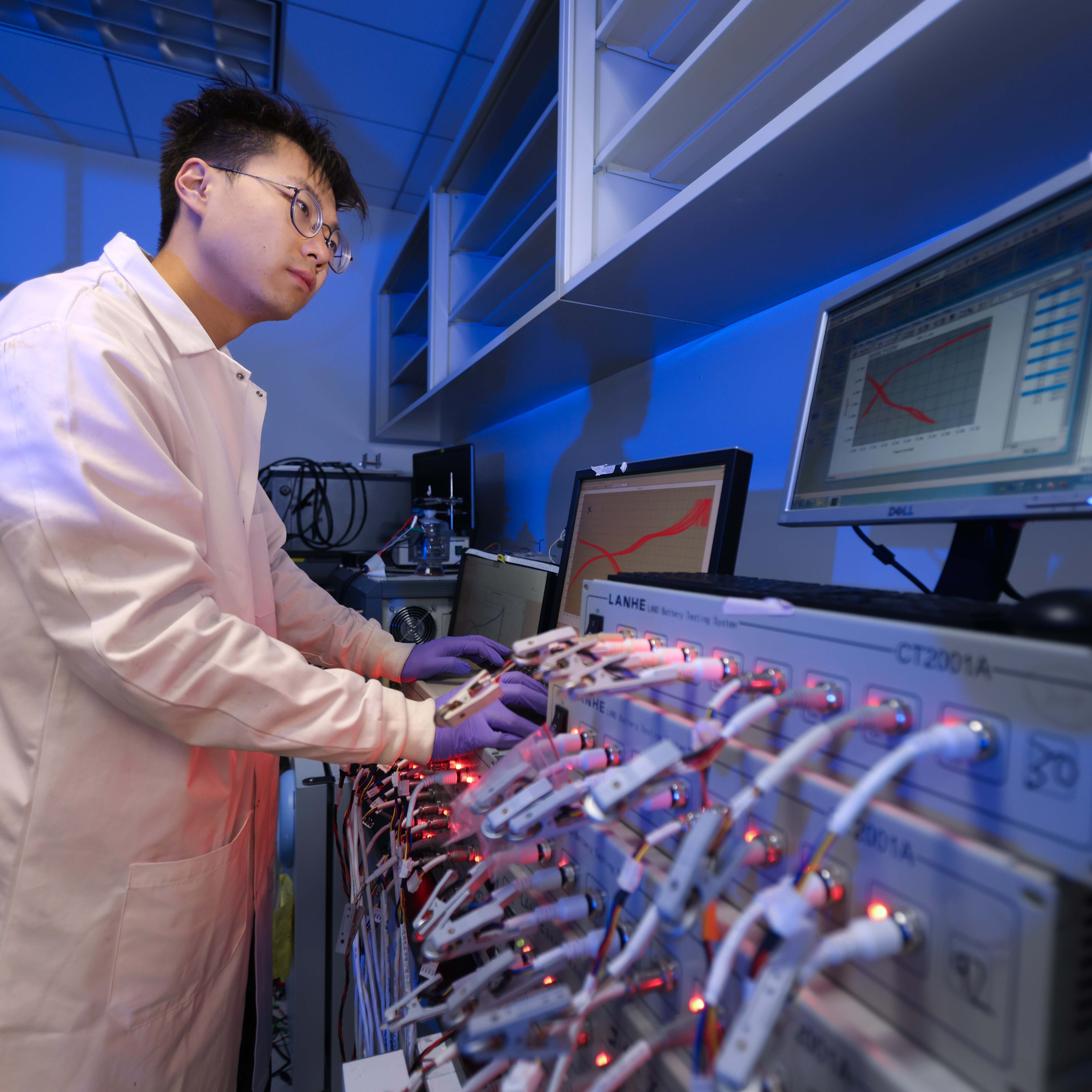News Story
Alumna’s Work Could Lower Biofuel Production Costs
Department of Chemical and Biomolecular Engineering alumna Ezinne Achinivu (B.S. ’10) is part of a research group that has devised a simple, effective and inexpensive way to perform a separation of materials that is an important step in the production of biofuel. The boost in efficiently saves energy and could lower the cost of alternative fuels derived from plants.
Achinivu, who is currently a Ph.D. student at North Carolina State University (NCSU), first-authored a paper explaining the new process in a recent issue of Green Chemistry.
Biofuel production starts with biomass, material that often contains all of the non-edible parts of a food crop, waste wood, or even purpose-grown plants or trees. The high-energy cellulose found in the biomass is the key ingredient fuel producers need, so other material must be filtered out. Lignin, a polymer that strengthens plant cell walls, is difficult to break down or remove, and the extra effort required to do it increases the cost of the final product.
Achinivu and her colleagues mixed and heated their biomass with “protic ionic liquids,” (PILs) an easy-to prepare and relatively inexpensive acid-amine combination. The lignin dissolves into the PIL, leaving solid pieces of cellulose behind. These are easily filtered out and move on to the next step in the biofuel production process. Meanwhile, the PIL-lignin mixture is distilled. The PIL is recovered and reused, while the lignin left behind–now in the form of a powder–can be used to produce other products. Achinivu’s team is currently developing PILs for use with different kinds of biomasses, and is also optimizing the PIL-lignin interactions in order to isolate the most lignin using the least amount of energy possible.
To learn more about the project, see:
The Engineer: “Technique aims to reduce the cost of biofuel production”
Ezinne C. Achinivu, Reagan M. Howard, Guoqing Li, Hanna Gracz, and Wesley A. Henderson. “Lignin Extraction from Biomass with Protic Ionic Liquids. ” Green Chem., 2014, Advance Article published online 05 Dec 2013. Abstract
Published January 24, 2014









